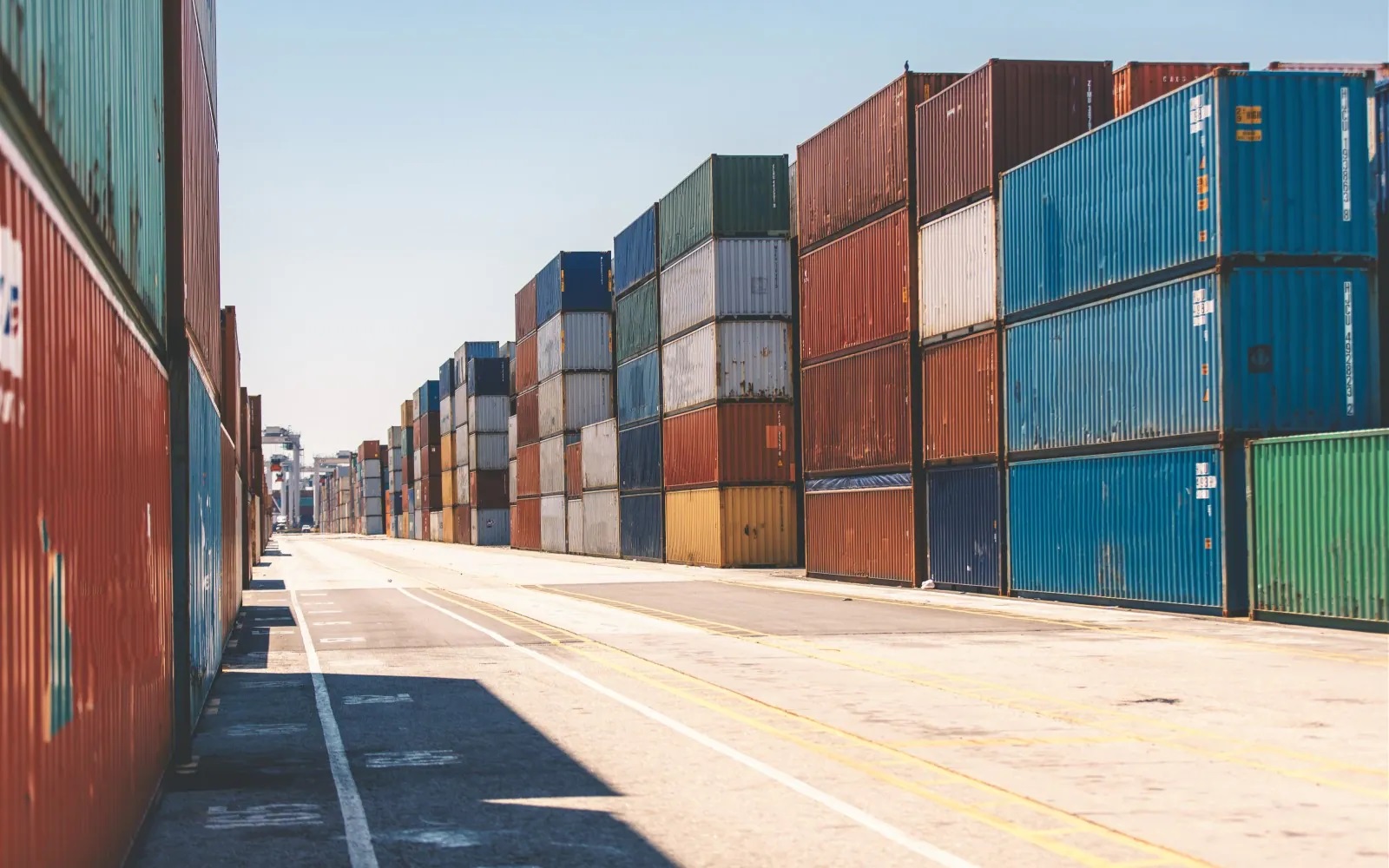The COVID-19 pandemic, which broke out three years ago, has disrupted the global supply chains that modern companies rely on for survival. The widespread transmission of this new respiratory disease and the various measures taken by countries to slow the spread of the virus have led to shortages of various products, from toilet paper to prescription drugs, refrigerators, and semiconductors. Even today, retailers still cannot guarantee sufficient stock of certain products, such as Tylenol and eggs, which are daily necessities. The supply chain as a whole is still under great pressure.
Supply shortages, delays, and supply chain blockages may affect a company's revenue. Therefore, many companies that did not go bankrupt during the COVID-19 pandemic have been rethinking their supply chains and taking reform measures to improve the resilience of their supply chains.
Currently, there have been three major changes in the way companies manage their supply chains, and these changes will have a significant impact on both consumers and companies.

One of the main drawbacks of globalized supply chains is that they are more susceptible to issues beyond the company's control, such as a key supplier being hit by an earthquake or a city lockdown causing factory shutdowns.
As a result, companies across various industries are striving to relocate suppliers and production facilities closer to their home countries or distribute them geographically to avoid over-reliance on one country or region. The goal is to ensure that companies can withstand supply chain disruptions and maintain business continuity.
The process of shifting production and manufacturing operations from overseas factories back to the domestic market is also known as “reshoring.” In recent years, the pace of reshoring has significantly accelerated. A survey conducted at the beginning of 2022 revealed that over 60% of manufacturing companies in Europe and the United States expect some Asian manufacturing operations to be reshored in the next three years.
Another survey found that in 2022, the United States' transportation and manufacturing sectors created 350,000 jobs, a 25% increase from the previous year.
This trend has not only received government subsidies but also gained support from retailers. The world's largest retailer, Walmart, has committed to helping suppliers reshore and plans to increase its procurement of American-made products by $350 billion over the next decade. In the UK, a survey of 750 small companies found that two-fifths of them are considering domestic manufacturers to avoid supply chain disruptions and high freight costs caused by the COVID-19 pandemic.
At the same time, some companies are working to diversify their supply sources, usually shifting from China to other regions, with India and Vietnam being popular destinations.
For example, Apple has recently started producing some models of its smartphones in India. 98% of Apple's iPhones are produced in China. In addition, Apple's largest supplier, Foxconn, has agreed to expand its production operations in Vietnam. Since August 2022, the overall manufacturing orders from the United States in China have decreased by 21%.
European car manufacturer Volvo announced in July 2022 its plan to establish a factory in Slovakia, marking the company's first factory in Europe in 60 years. Leaders from the United States, Mexico, and Canada are holding meetings to discuss measures to encourage local investment, which are expected to promote the reshoring of manufacturing.

One of the most serious issues exposed at the beginning of the COVID-19 pandemic was that companies often did not know the status of their suppliers due to low technological levels. For example, before the COVID-19 pandemic, more than 50% of companies had never communicated with all of their suppliers or were unclear about the specific locations of their suppliers, making it difficult for companies to predict supply shortages.
Companies have now realized or recognized after the outbreak of the COVID-19 pandemic that understanding the actual situation of the supply chain is crucial for avoiding and adapting to supply chain disruptions. To achieve this, modern digital technology is key.
This includes adopting advanced software for more effective communication with suppliers, using cloud computing for efficient data storage, employing artificial intelligence tools for more rational decision-making, and utilizing robots for process automation. A survey by strategic consulting firm Hackett Group found that implementing these new technologies is the top priority for global companies in 2022.
Bring supply chains back home
In recent decades, an important advancement in the field of supply chain is a Japanese management philosophy known as “Just-in-Time (JIT) production.”
Although the essence of this management philosophy is to reduce waste, companies have interpreted it as maintaining low or even zero inventory. This means minimizing warehouse stock as much as possible to reduce storage costs, increase efficiency, and thus achieve higher profits. This system is effective as long as there are no supply chain disruptions.
However, companies that implement JIT production are vulnerable to even minor supply chain disruptions. Their ultra-lean supply chains mean that disruptions caused by the COVID-19 pandemic and other reasons are significantly magnified, turning even a small ripple into a major issue.
Now, companies worried about supply shortages are starting to increase their inventory. Since the outbreak of the COVID-19 pandemic, many companies have shifted from the “Just-in-Time production” model to a “Just-in-Case production” model. Although increasing inventory can reduce the likelihood of companies facing supply shortages, it is more costly because companies will hold a large amount of excess inventory, and the products may become outdated before they are sold.
However, like other trends, this trend is unlikely to change in the short term, despite the higher costs companies will incur. In other words, companies have realized that the cost of empty shelves is higher than the cost of a certain degree of inefficiency. In most cases, these costs will be passed on to consumers in the form of price increases, which may not be good news for consumers suffering from inflation.









